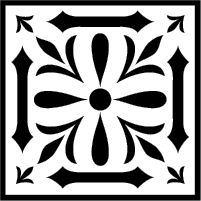Typical Power Consumption
| Voltage (V) | 1 Channel 1 LED (W) | RGB 1LED (W) | 1 Channel 150 LED's (W) | RGB 150 LED's (W)/(A) | |
| WS2811 | 12 | 0.064 | 0.184 | 10.44 | 19.68/1.7 |
| WS2812B | 5 | 0.06 | 0.18 | 8.6 | 13.65/2.7 |
| WS2812BEco | 5 | 0.06 | 0.165 | 8.45 | 13.8/2.8 |
| WS2813 | 5 | 0.085 | 0.24 | 10.35 | 12.15/2.4 |
| WS2815 | 5 | 0.12 | 0.12 | 20.232 | 20.18/4.0 |
| SK9822 | 5 | 0.1 | 0.265 | 9.68 | 12.25/2.5 |
| SK6812 | 5 | 0.05 | 0.148 | 7.63 | 14.4/2.9 |
Controller Software
WLED
Uses an ESP32 and ESP8266 webserver to control NeoPixel (WS2812B, WS2811, SK6812) LEDs or also SPI based chipsets like the WS2801 and APA102.
Supported light control interfaces
- WLED app for Android and iOS
- JSON and HTTP request APIs
- MQTT
- E1.31, Art-Net, DDP and TPM2.net
- diyHue (Wled is supported by diyHue, including Hue Sync Entertainment under udp. Thanks to Gregory Mallios)
- Hyperion
- UDP realtime
- Alexa voice control (including dimming and color)
- Sync to Philips hue lights
- Adalight (PC ambilight via serial)
- Sync color of multiple WLED devices (UDP notifier)
- Infrared remotes (24-key RGB, receiver required)
- Simple timers/schedules (time from NTP, timezones/DST supported)
